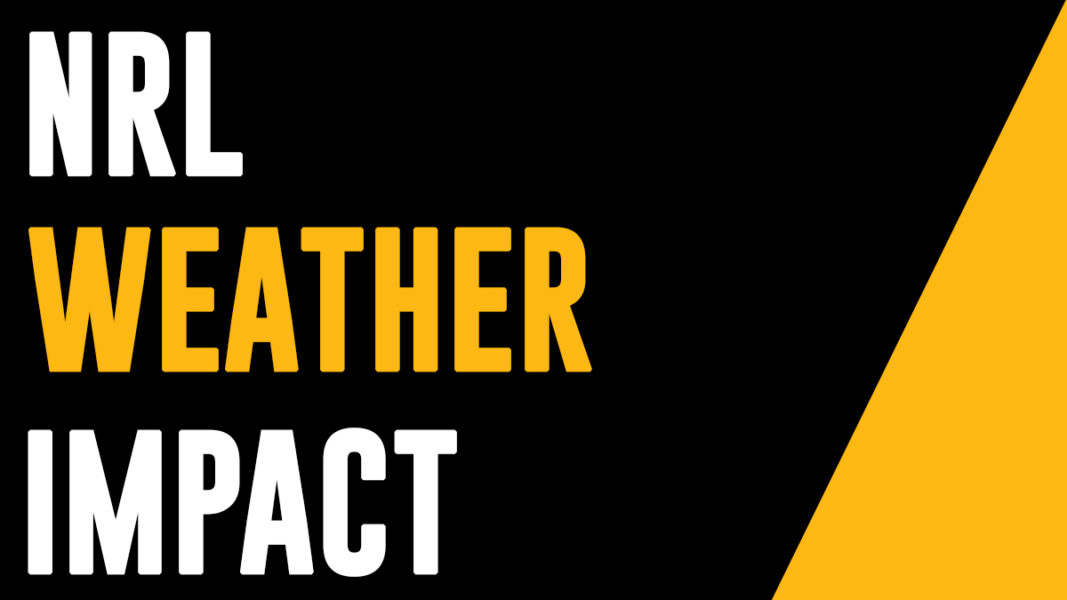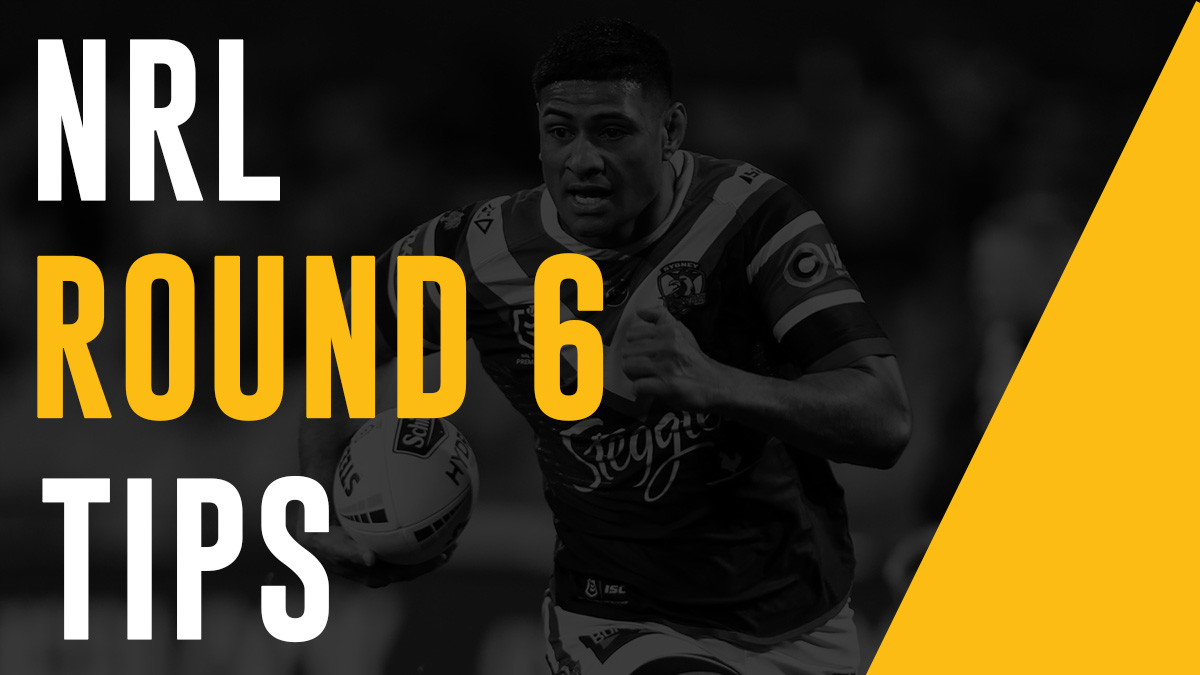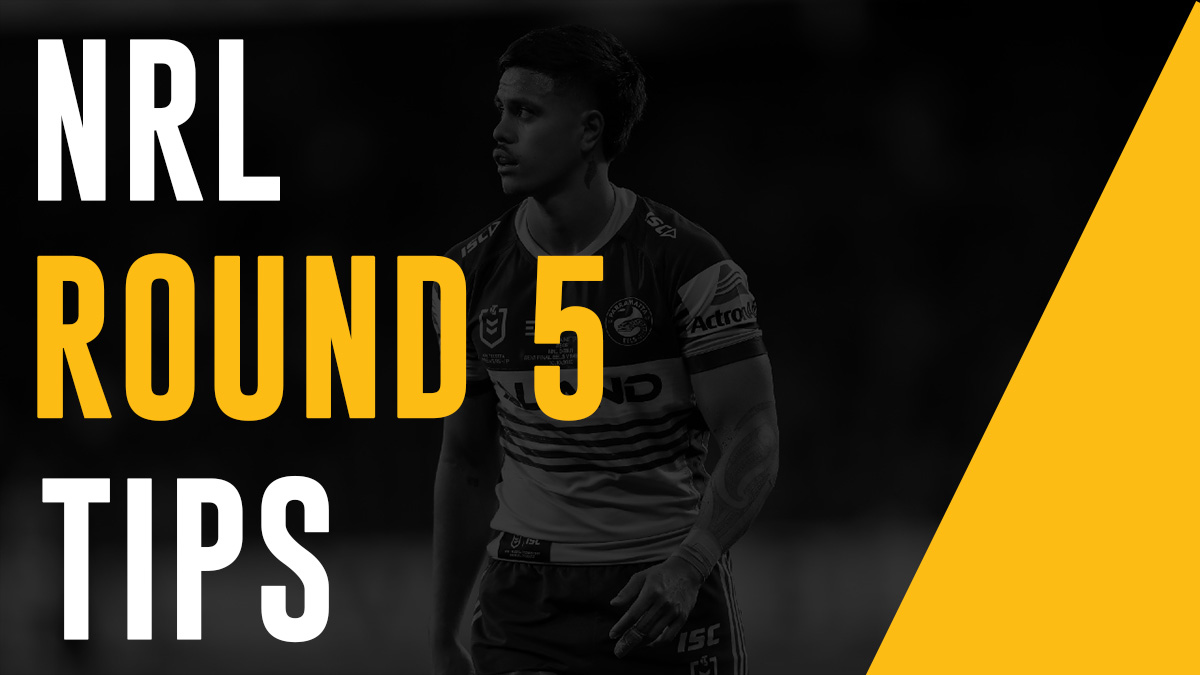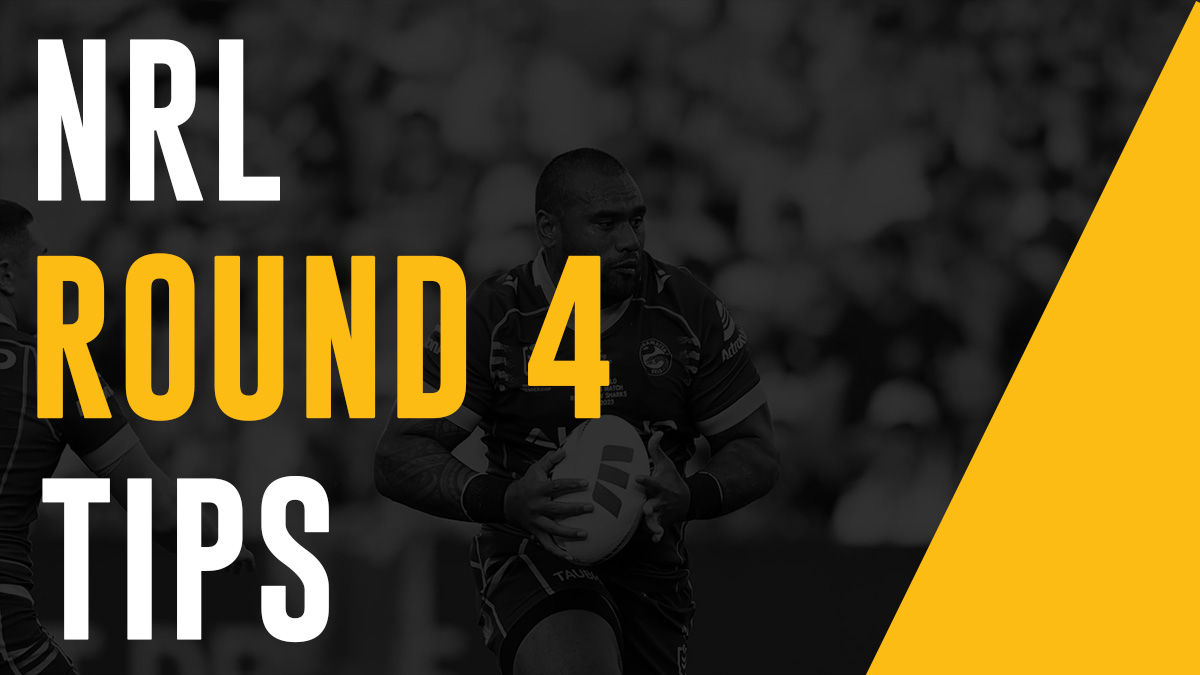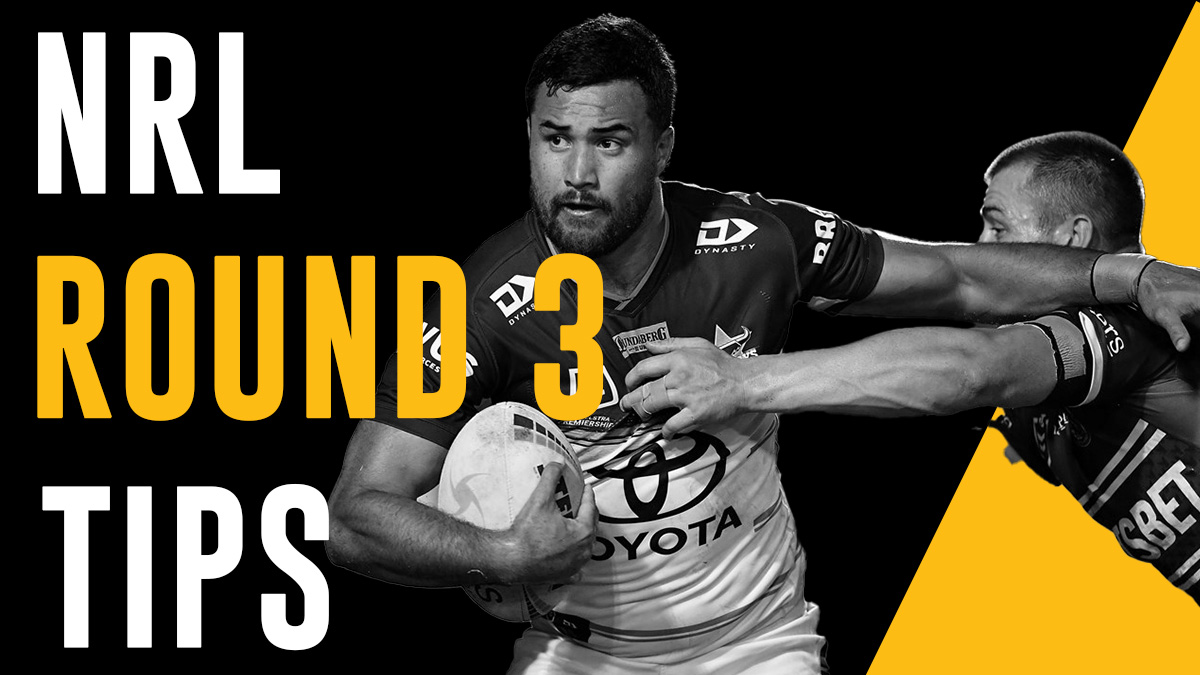NRL games can be heavily influenced by different weather conditions. Let’s break down how rain, heat, cold, and sunshine each play their part in shaping the outcomes, strategies, and overall gameplay.
NRL Betting Tips & Predictions – Round 4
NRL Predictions Round 4 The 2025 NRL Telstra Premiership sets […]
Rain and Wet Conditions:
- Ball Handling and Errors: Wet weather makes the ball slippery, leading to more handling errors and knock-ons. This disrupts the flow and generally results in lower scores, as teams struggle to maintain possession and execute plays.
- Game Pace and Strategy: The game slows down significantly. Teams with strong defences and a conservative approach thrive. Expect more kicks for territory and short passes, aiming to minimise errors. Tries are rare, and goal-kicking becomes crucial.
Hot and Humid Conditions:
- Player Fatigue and Performance: High temperatures and humidity sap player energy, affecting performance and decision-making. The NRL enforces specific heat policies, including cooling breaks and extended halftimes to ensure player safety and hydration.
- Impact on Game Speed: The pace slows as players tire quickly. Hydration is key to maintaining performance, leading to a more tactical and less physically intense game.
Cold and Windy Conditions:
- Kicking and Passing: Wind impacts kicking accuracy and distance, making strategic kicks and goal attempts challenging. Passing is also affected as the wind alters the ball’s trajectory.
- Game Strategy: Teams lean towards a ground-oriented approach, using short passes and running plays to combat the wind. Defensive setups adjust to account for the unpredictable nature of long kicks.
Sunny and Mild Conditions:
- Optimal Performance: These conditions are ideal for NRL games. Players perform at their peak with minimal environmental disruptions, leading to higher-scoring games as teams can execute their strategies effectively.
- Strategy and Execution: Teams play more expansively and aggressively, utilising long passes, high kicks, and fast-paced play. There are fewer handling errors, and set plays are executed better, making for an open and entertaining game.
Statistical Overview:
Here is the statistical data on how different weather conditions affect NRL games.
NRL Weather Scoring
| Condition | Avg Points Scored | Handling Errors | Kicking Accuracy (%) | Player Fatigue | Game Pace |
| Sunny/Mild | 40 | 10 | 78 | 2 | 4 |
| Rain/Wet | 32 | 18 | 70 | 3 | 2 |
| Hot/Humid | 35 | 12 | 72 | 5 | 3 |
| Cold/Windy | 37 | 14 | 68 | 4 | 3 |
- Sunny/Mild: Optimal with high scores, fewer errors, high kicking accuracy, low fatigue, and fast pace.
- Rain/Wet: Lower scores, more errors, reduced accuracy, moderate fatigue, and slower pace.
- Hot/Humid: Moderate scores and errors, moderate accuracy, high fatigue, and moderate pace.
- Cold/Windy: Slightly lower scores, more errors, lower accuracy, high fatigue, and moderate pace.
Additional Insights:
Here are some additional insights and data points related to the impact of different weather conditions on NRL games:
NRL Additional Weather Effects
| Condition | Impact of Turnovers | Average Distance Covered | Injury Rate |
| Sunny/Mild | 8 | 8.5km | 5 |
| Rain/Wet | 14 | 7.2km | 7 |
| Hot/Humid | 10 | 7.0km | 6 |
| Cold/Windy | 12 | 7.8km | 6 |
- Sunny/Mild: High-scoring with fewer errors and optimal conditions, leading to a fast-paced game.
- Rain/Wet: Lower scoring, higher errors, slower pace, more injuries, and turnovers.
- Hot/Humid: Moderate scoring with increased fatigue impacting performance.
- Cold/Windy: Lower scoring with increased errors, affected kicking accuracy, and moderate pace.
Analysis:
Best Conditions:
- Sunny/Mild: Highest scores, fewest errors, best kicking accuracy, and fast game pace. Players experience the least fatigue, and injury rates are relatively low.
Worst Conditions:
- Rain/Wet: Lowest scores, most handling errors and turnovers, reduced kicking accuracy, and slowest pace. Players face moderate fatigue but highest injury rates.
- Hot/Humid: Highest player fatigue, impacting performance. Moderate scoring and errors but high fatigue and injury rates.
- Cold/Windy: Increased errors and turnovers, lower kicking accuracy, and slower pace with high fatigue and injury rates.
Summary:
- Optimal Conditions (Sunny/Mild): Favour higher scoring and fewer errors, leading to a more dynamic and fast-paced game.
- Challenging Conditions (Rain/Wet, Hot/Humid, Cold/Windy): Lead to lower scores, more errors, increased turnovers, and higher injury rates. Each condition demands specific strategic adjustments from the teams.

